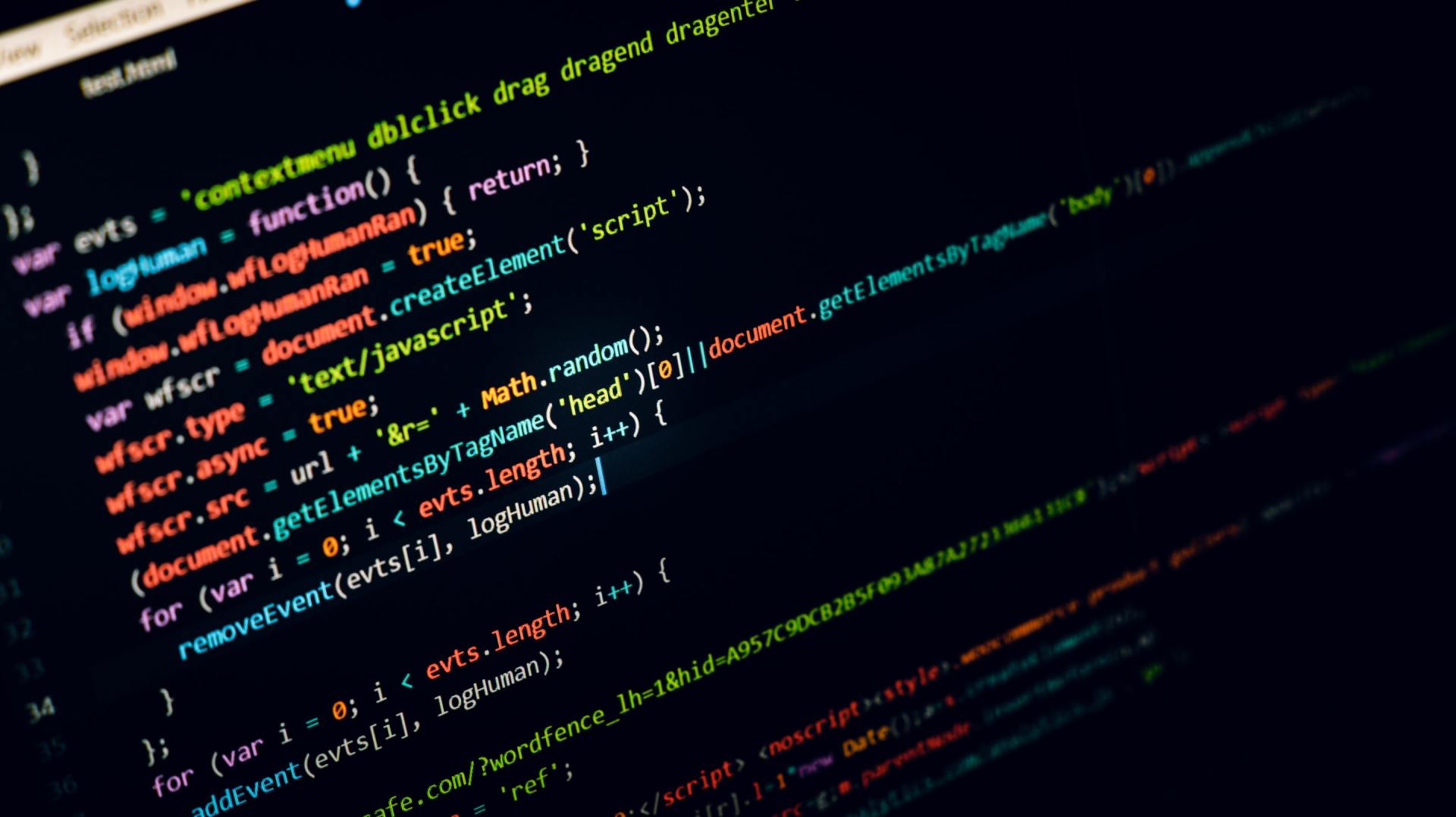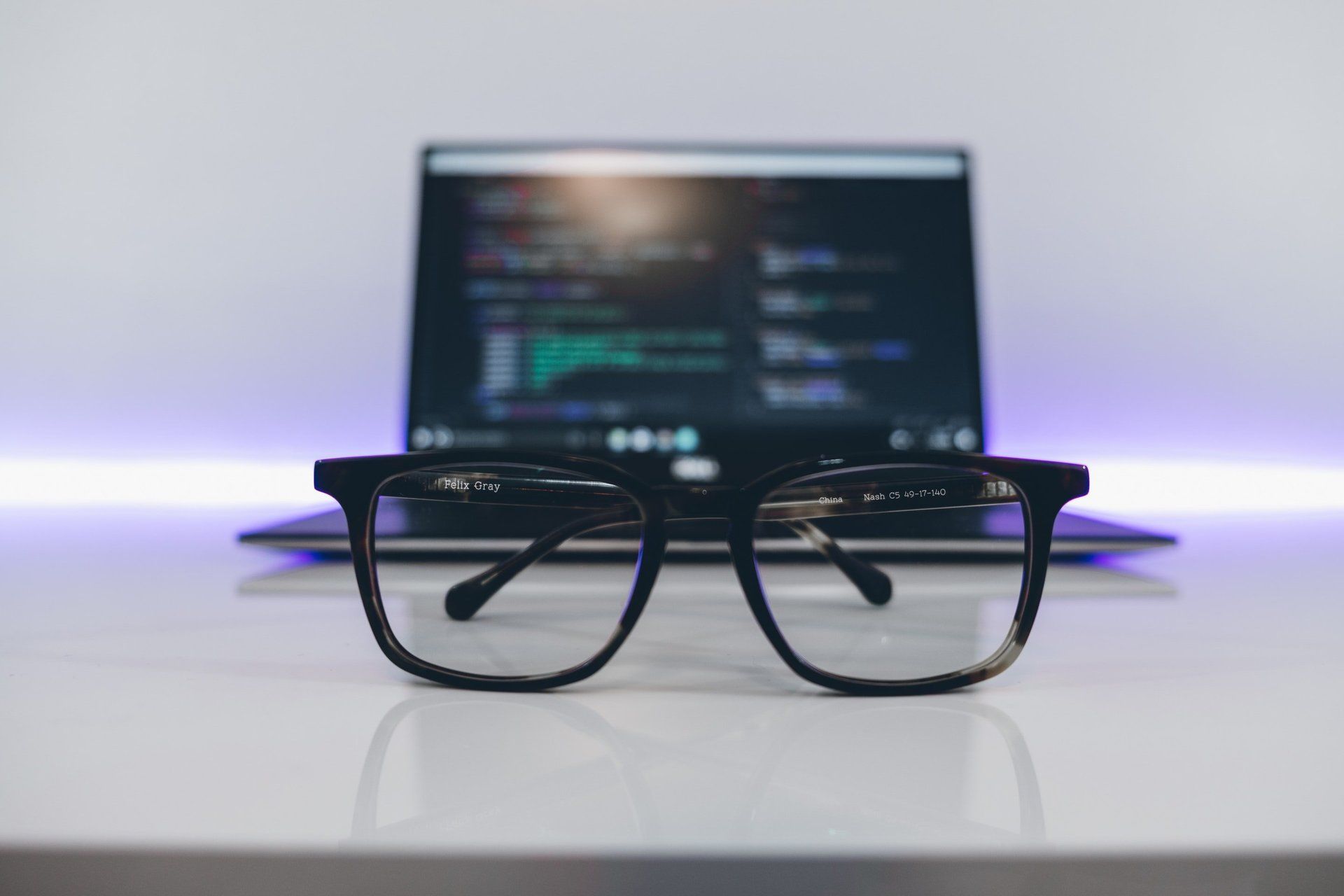Who owns your 3d printed creations?
- By Paul Rubell
- •
- 28 Apr, 2016
I enjoy 3d printing. Creating artwork, designing functional products, writing code to instruct a printer how, when and where to extrude its molten lava. 3d printing has become a great consumer hobby as well as a sophisticated additive manufacturing technique with innumerable industrial and medical applications today and into the future.
3-dimensional printing allows you to clone an existing object and to change its very nature. An object made of metal can be copied in lightweight plastic. An object with a weak support structure can be copied with greater tensile strength and durability. Yellow-colored objects can be copied with green substrates. Materials can be varied, examined, tested without impairing the structural integrity of the original. Objects that were expensive for manufacturers to design and build can be quickly, easily and inexpensively copied in the comfort of your basement or on a larger scale, on the factory floor.
But have you ever stepped back to think about who owns the copies that you have created? All of us are used to making photocopies of pictures and documents without giving a thought to its ownership. If I need to distribute copies of the handout material at a meeting, I can simply use the copier machine to make life simple. The days of the Gutenberg printing press and the monk writing with a quill pen on papyrus reeds are long gone.
So why is 3d printing any different? First of all, the copyright myth is not true: you cannot simply photocopy a picture with a traditional two-dimensional copy machine unless you own the rights to the picture. This is a fundamental aspect of copyright law that I will talk about in future blogs. Suffice it to say that the right-click of a mouse is one of the most dangerous inventions confronting artistic and intellectual creativity. In the realm of 3d printing, the potential for copyright and patent infringement looms even larger. It is one thing to make copies of a generic object like a pencil or a vase and even if the object that you are copying is protected by copyright or patent law, it may be possible for you to change or enhance its features or functionality sufficiently so that the original owner of the model that you copied cannot claim it as her own.
But think about this: should you be allowed to create “knock offs “of artwork that is owned by a sculptor? It can take a sculptor a lifetime of training and many weeks or months of effort to create her work of art. It is true that copying may be the most sincere form of flattery. However that does not mean that an artist wants to be flattered! Sometimes the inherent value in the work of art or any object like a collector’s vintage automobile is that it is so rare and hard-to-find. Cloning an object maybe seen as good for the world because it can put a useful product in the hands of so many.
But what if the owner of the object does not want you to own her work? You cannot possess a work if the author or artist or inventor denies access to you. Personal ego maybe at stake. Economics such as supply and demand may be a factor. The psyche of the artist may be troubling — but none of this matters.
The owner is the owner is the owner.
A 3-dimensional photocopy machine amounts to a giant right-click mouse button that has the potential to destroy intellectual property protection. Why should this matter to any of us? One of the reasons America’s founding fathers gave special rights to authors, musicians and inventors was to encourage creativity and the growth of a new nation. Economic incentives afford artists a grand opportunity to create beauty, improve the world, and make money in the process. 3d printing can change the world for the better. It can also create financial ruin to artists and inventors and discourage them from doing the very thing that all of us want so dearly: to make the world a more beautiful, functional and enjoyable place to live.
The advent of 3d printing and additive manufacturing may be a mixed blessing.










